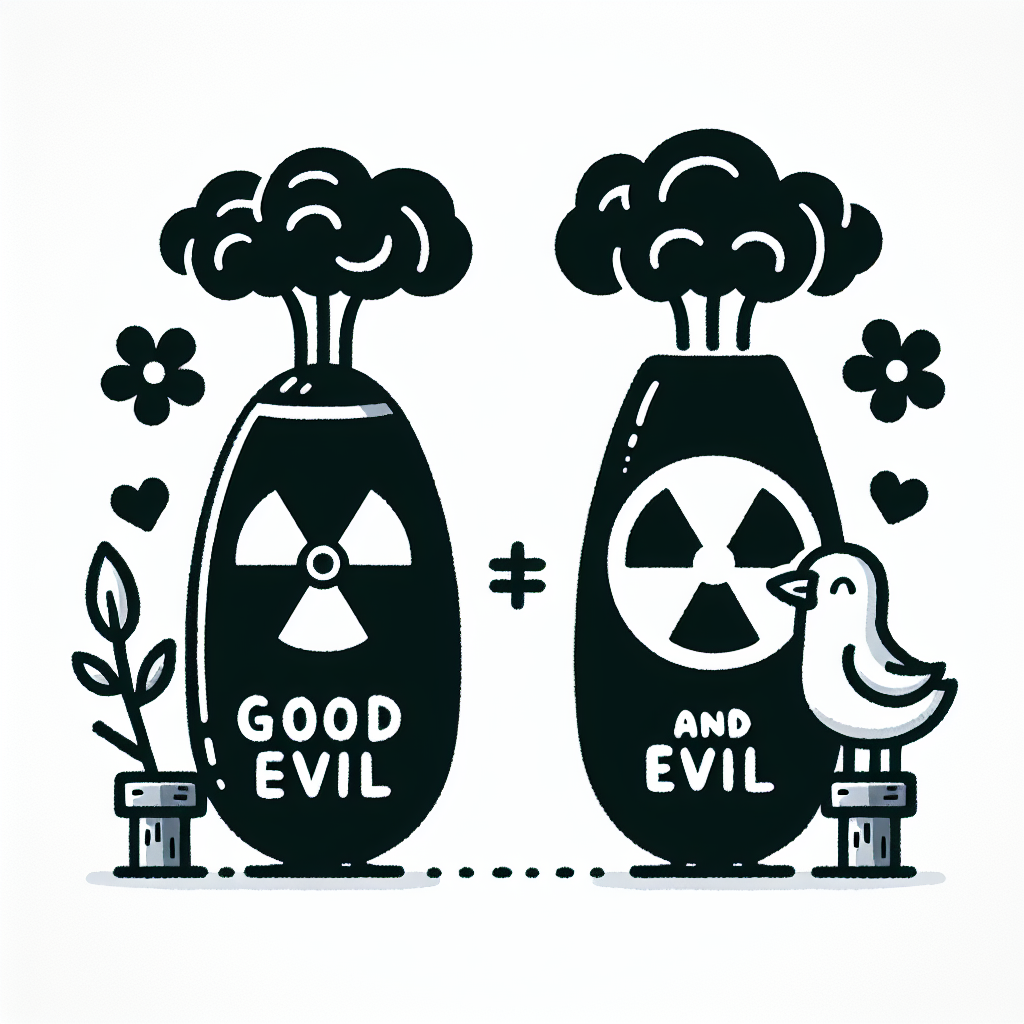The Future of Global Nuclear Arms Control: A New Era or the End?
Russian President Vladimir Putin proposed a one-year voluntary limit on strategic nuclear weapons, echoing prior treaties like New START. This move comes amid escalating tensions and significant global arsenal updates. Issues such as new military technologies and geopolitical dynamics with China complicate future arms control agreements.

U.S. President Donald Trump recently praised Russian President Vladimir Putin's proposition to voluntarily maintain limits for a year on deployed strategic nuclear weapons, suggesting it as a viable approach.
This initiative references the New START Treaty, a pivotal arms control agreement between the two nations, which is set to expire in 2026. Historically, such treaties aimed to reduce nuclear arsenals post-Cuban Missile Crisis. Yet, with modernized military assets and ongoing tensions, the longevity and efficacy of these agreements face uncertainties.
Critical concerns include emerging technology like U.S. planned space interceptors and strategical advances in weaponry, alongside geopolitical shifts with China deliberating on its involvement. As the global landscape shifts, the potential for resumed nuclear testing looms large, posing further challenges to maintaining nuclear stability.
(With inputs from agencies.)










